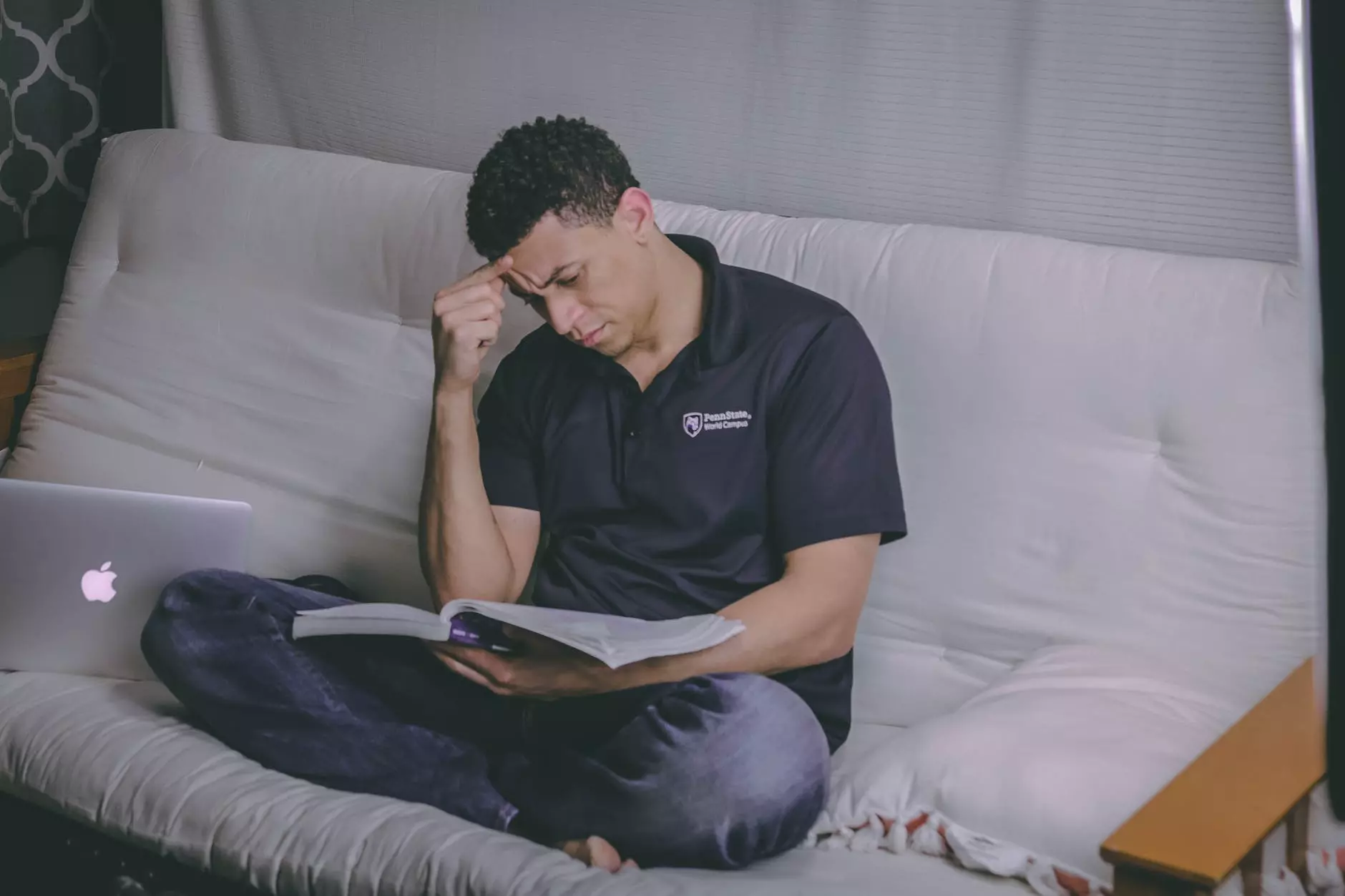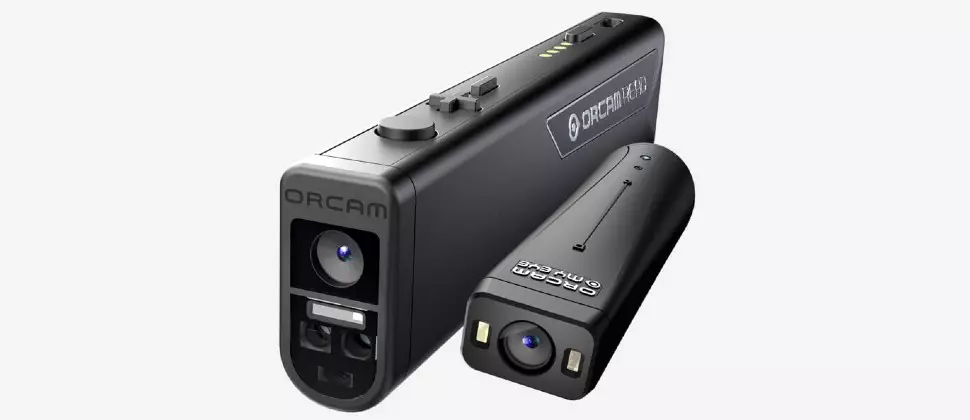The Lifelong Benefits of an Accurate Dyslexia Assessment
2020-08-28 | By Orcam Staff

Dyslexia is a relatively common reading condition that impedes people’s reading capabilities. It is closely intermingled with issues related to reading comprehension, decoding, and verbal literacy. Dyslexia is not something that can be cured, or outgrown. As a result, people with dyslexia often tend to face challenges throughout their lives with tasks or ventures that involve lots of reading and writing. In some cases, people with dyslexia may even find interpersonal communication to be challenging for them.
Thus, it becomes ever more important to receive the proper dyslexia assessment at an early age in order to learn how to develop the best learning strategies that will ultimately enable them to cope with, and potentially even overcome the challenges of reading, writing, and communicating properly.
The Potential Damages of the Wrong Dyslexia Assessment

Because dyslexia can potentially cause lifelong inconveniences for people who never learn how to surmount it, it is imperative that children and young adolescents receive the proper training and guidance from their teachers, parents, and advisors to address it as early on in their lives as possible. A major issue here, however, is that it is often difficult to accurately diagnose dyslexia in children. One of the most common indicators of dyslexia in children is poor spelling capabilities.
This does not, however, automatically denote the presence of dyslexia, and could just mean that a student is below their grade level in spelling. Another reason for poor spelling can be low teaching capabilities in their school, which does not reflect the student’s intelligence. The proper dyslexia assessment is challenging because dyslexia has an overlap with other common learning difficulties, such as ADHD.
To make matters even more challenging, children with dyslexia who remain misdiagnosed are often provided with inadequate academic support and, consequently, steadily deteriorate socially and academically.
Teachers and Parents Can Help Build Confidence in Students with Dyslexia

Ultimately, parents and teachers want nothing more than to see their children and their students happy and successful. The way parents and teachers behave directly affects their children and their student’s feelings. Teachers and parents of children with dyslexia often find themselves in precarious positions. This is because helping students with dyslexia feel confident and successful can be challenging, demanding, and sometimes even confusing.
Schools often lack the staff, proper training, and the necessary resources, tools, and time to thoroughly and consistently facilitate the growth of students with dyslexia. One of the main reasons for this is because of how multifaceted dyslexia is, and how uniquely variable every child is. When students are provided with the proper dyslexia assessment, it helps the school they are enrolled in to allocate the necessary resources and tools to help them succeed and to overcome their learning difficulties.
One of the most helpful tools for students with dyslexia that has emerged within the last few years is assistive reading technology devices. The most advanced reading device available today is the OrCam Learn.
How the OrCam Learn Could Benefit Educators and their Students

OrCam offers a unique solution for students with dyslexia, by enabling each student the ability to read text independently. Using the OrCam Learn, students can become their own teachers and, in so doing, steadily develop self-reliability, confidence, and independence.
“Truly, OrCam holds within its grasp an educational revelation that has the potential to shape education for special needs students for years to come.”
OrCam devices allow students to capture physical and virtual texts which are instantly processed and read out loud, or into a Bluetooth-enabled earphones. The “Laser Capture” feature, allows students to focus the red laser beam projected from the device onto a specific section they want the device to read for them. The section can be a paragraph, title, or even the whole page. An additional advantage is that the device does not require an internet connection while being used, which will help them to be able to use it anywhere and everywhere.
“The potential evaluative and instructional implications of this technology for students with dyslexia — as well as for their teachers and parents — are extraordinary. “
While there are certainly several promising possibilities for this technology in classrooms, in my view, the most substantial promise of these devices lies in their ability to help develop autonomy and metacognitive thinking in students with dyslexia.
Evidence of metacognition in students is a widely-accepted hallmark of educational excellence. it is specifically emphasized as necessary for the coveted “highly effective” rating in the Danielson Framework for Teaching Rubric that is used to evaluate teachers nationwide. Furthermore, due to the number of students that teachers are usually responsible for, it is often realistically challenging for teachers to fully meet the needs of students with dyslexia in their classrooms. Therefore, empowering students who have been diagnosed with dyslexia, based on an accurate dyslexia assessment with the ability to self-evaluate and self-advocate, is vital for their continued personal and academic growth.
Using the OrCam Learn, students would have the unprecedented capability of self-checking their literacy skills using any form of text. For example, students could use the OrCam Learn to read the specific text, and then figure out how they would pronounce given words. This is exceptionally significant because, usually, students rely on their teachers and parents for verbal-auditory support.
The Future of Special Education for Dyslexic Students

In the past, the only way for students to hear the text being read to them, was by teachers reading aloud in the classroom, while their students would follow along and measure the teacher’s pronunciation of words, and their own pronunciation for correctness. This old model implicitly reinforces reliance upon the teacher and detracts the student’s from developing the ability to self-evaluate their own phonics skills.
Hence, in this traditional teaching model, and many others that resemble it that continue to be used by teachers worldwide, dependence is implicitly imbued in students which ultimately hinders their capacity for developing their own reading autonomy. The metacognitive process of self-identifying and self-correcting errors — which use of OrCam technology dramatically reinforces — is not only necessary for meaningful academic learning, but also for developing lifelong confidence and independence.
The following article has been written by Yaneev Bentov, a New York State Certified Special Educator – Grades 7-12.
More Stories

Discover the Best 20 Online Havens for Book Lovers | OrCam
2024-05-08 | By Justin Lubomirsky

Best Gift for Blind or Visually Impaired Women. Top Christmas Gift Ideas! - OrCam
2024-03-14 | By OrCam Staff

Dyslexia in Adults: An Advantage, Not a Limitation - OrCam
2024-03-11 | By OrCam Staff

Payment Plan for Your OrCam Device - OrCam
2024-03-07 | By OrCam Staff

Voice-Activated Devices: Revolutionizing Accessibility & Tech | OrCam
Explore the future of voice technology and its impact on daily life. Your journey into a smarter world starts here!
2024-01-30 | By OrCam Staff
.png)
Inclusive Community Guide: Support for the Visually Impaired
Empower the visually impaired with innovative solutions. Learn how your actions can make a meaningful impact.
2024-01-30 | By OrCam Staff



